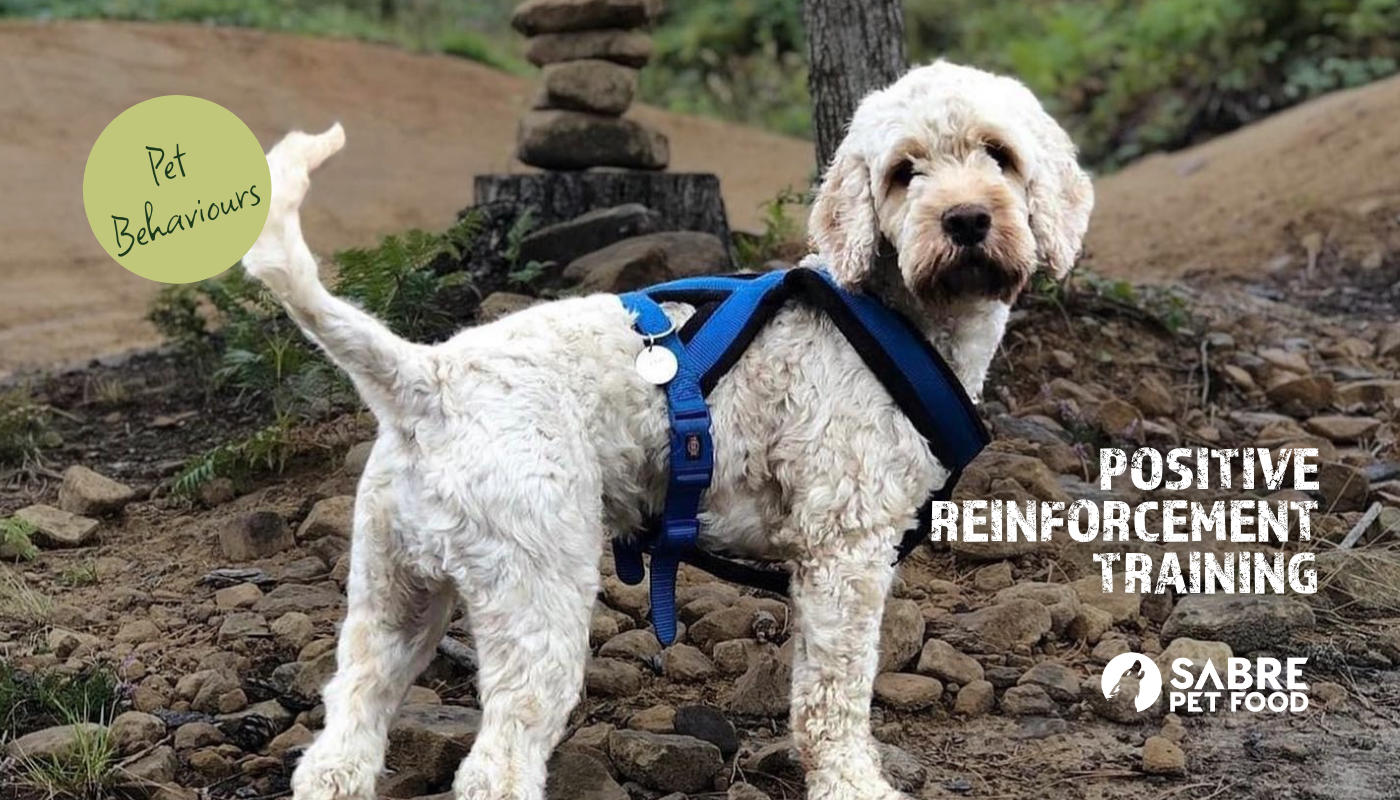Whether you’re training your precious new puppy, or trying to teach an old dog new tricks, positive reinforcement training is usually the most effective, and popular way to instill new habits into your dog. As an owner, it’s also much friendlier and more enjoyable than some alternative methods. Positive reinforcement training involves rewarding your dog when they display a desired behaviour or action. Rewarding good behaviour encourages the dog to do the same thing in the future, why not explore our range of treats for the best reward for your well behaved dog.
If you’re keen to expand your dog’s catalogue of impressive tricks or have recently started puppy training, read on for all our top-tips on positive reinforcement training.
The first step for you as the trainer is to make sure you clearly understand the basics of PR training before you begin. This method emphasises reward, rather than punishment. Focus on your dog’s positive behaviour, instead of the things they might be doing wrong. Rewards should include treats, praise, toys, and even extra playtime.
TIP: It might be a good idea to try using a treat your dog doesn’t usually have or one that you know they’re especially fond of, as this way they’re less likely to get bored and more likely to associate the new taste with the command.
Secondly, set yourself and your dog clear and achievable goals. Define the specific behaviour you want to teach your dog and then start with basic commands like sit, stay, or come, before moving on to any more complex tricks. This way, your dog will start to understand the method and is more likely to comply with any further commands.
Step Three: Choose the right rewards. By finding out what motivates your dog, you’ll be able to develop a better rapport, which is essential for training. For most dogs, high-quality and tasty treats are most effective, but some may respond better to praise or play. Try both and see what works best for you.
TIP: Using smaller treats, or even breaking treats into smaller bits is a great way of monitoring how many treats you’re giving out and reduce the risk of over-feeding.
Step Four: Timing is crucial. To make sure that your dog is understanding the link between their good behaviour and them getting a treat, you need to reward them immediately after they perform the desired action.
Step Five: Consistency is key! Make sure that everyone who might be involved in the training process is using the same commands and rewards, to avoid confusing your dog.
Now it’s time to move onto the next stage of positive reinforcement training. The following steps are useful for teaching your dog more complex tricks. Make sure you’ve mastered the basics before moving on.
- If your dog naturally exhibits the behaviour you want, without a command, immediately reward them. This method, called capturing, reinforces the behaviour without any formal training
- You can also try using shaping and luring techniques. Shaping involves rewarding your dog for successive approximations of the desired behaviour. Luring involves using a treat to guide your dog into the desired position
- Correct misbehaviour gently. If your dog makes a mistake, avoid punishment. Instead, redirect them to the correct behavior and reward them when they get it right
- Consistent practice is essential. Short, frequent training sessions are often more effective than long, infrequent ones
- Always end training sessions on a positive note, even if it means revisiting an easier command that your dog has already got the hang of. This helps maintain a positive association with training
Finally, it’s important to remember that this is just a guide and that every dog is different, and what works best for one may not work for another. Be flexible and tailor your training methods to suit your dog's personality and preferences. Training using positive reinforcement strengthens the bond between you and your dog while promoting a happy and well-behaved pet.

